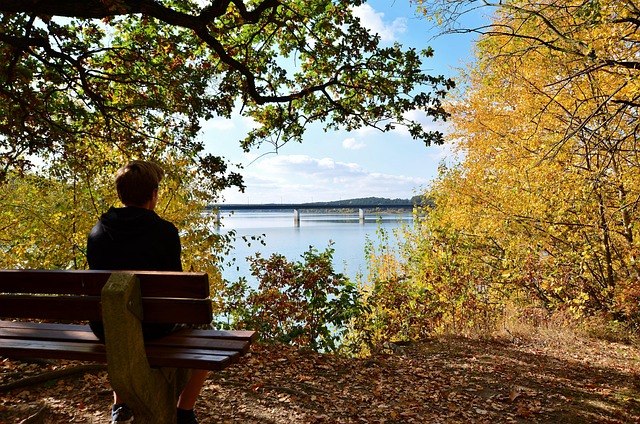Heritage villages like Hatta Dam in the UAE offer a vibrant glimpse into the country's rich cultural past. Through resident participation in crafts, handicrafts, culinary arts, and sports, visitors can immerse themselves in the bustling atmosphere and engage in activities like pottery making and embroidery. Hatta Dam activities highlight the continuity of Emirati cultural identity, showcasing traditional practices such as weaving, irrigation, fishing, and festivities that have shaped local life for centuries. These experiences provide a deep connection to the region's historical tapestry while preserving ancient customs for future generations.
“Step into a living museum where history meets tradition—welcome to the Heritage Village, a captivating glimpse into the rich cultural insights of the UAE. This authentic village showcases the historical evolution and traditional Emirati lifestyle, from its roots to modern-day customs. Explore the vibrant tapestry of daily life, ancient landmarks like the Hatta Dam, and unique activities that define this region. Discover the art, craft, cuisine, and community engagement that have shaped an unforgettable cultural heritage.”
- Heritage Village: A Living Museum of Emirati Culture
- Unveiling the Rich History of Traditional Lifestyle
- The Role of Hatta Dam: A Historical Landmark
- Daily Life in an Emirati Village: Custom and Traditions
- Art and Craft: Preserving Cultural Heritage
- Food and Festivities: Celebrating Heritage
- Community Engagement: The Heart of Village Life
- Hatting and Other Traditional Skills: Economic Lifeline
Heritage Village: A Living Museum of Emirati Culture
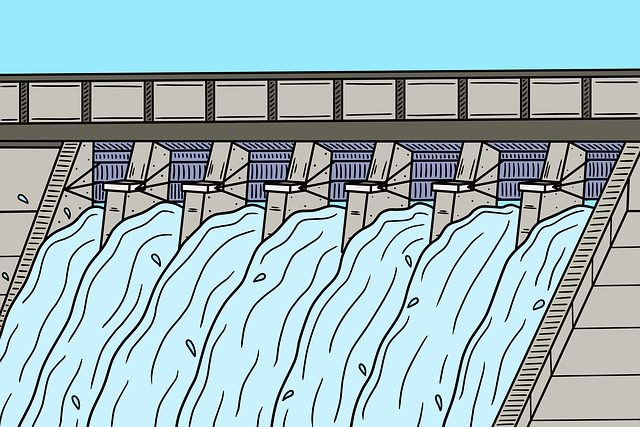
Heritage Villages, often found in the heart of the United Arab Emirates, serve as vibrant living museums showcasing the rich cultural heritage and traditional Emirati lifestyle. One such gem is Hatta Dam, a historic site that has transformed into a dynamic community, preserving age-old customs while offering visitors a glimpse into the past. Here, residents engage in various traditional activities, passing them down through generations, ensuring the continuity of their unique cultural identity.
These villages provide an authentic experience, allowing tourists to immerse themselves in the everyday lives of locals. From crafts and handicrafts to culinary delights, every aspect of Emirati culture is on display. The bustling atmosphere, reminiscent of old times, invites visitors to interact with the locals, learn about their heritage, and participate in activities like pottery making, embroidery, and even traditional sports, creating a profound connection between the present and the rich historical tapestry of the Emirates.
Unveiling the Rich History of Traditional Lifestyle
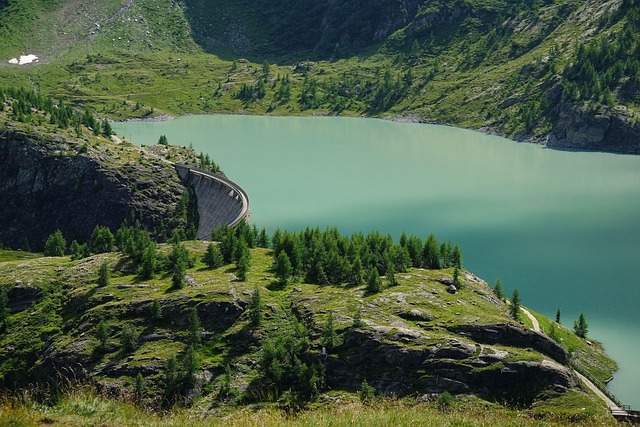
In the heart of the United Arab Emirates lies a treasure trove of cultural heritage, where the traditional Emirati lifestyle unfolds like a captivating story. One such gem is Hatta, a charming village nestled in the mountains, offering a glimpse into the rich history and customs of this region. The traditional lifestyle here has remained largely unaltered, preserving ancient practices and crafts that have been passed down through generations.
Hatta’s historical significance is evident in its architecture and the daily routines of its residents. Local families often engage in various activities like weaving, where they create exquisite fabrics using age-old techniques. The Hatta Dam, a man-made marvel, stands as a testament to the community’s resilience and ingenuity, providing not just irrigation but also a hub for social gatherings and cultural events, further enriching the traditional Emirati lifestyle.
The Role of Hatta Dam: A Historical Landmark
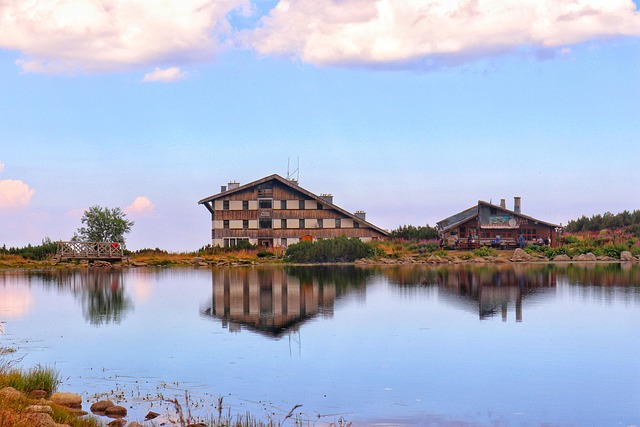
The Hatta Dam, a historical landmark in the heart of the Emirates, stands as a testament to the region’s rich past and evolving cultural landscape. This ancient structure, carved into the rugged mountainside, has been a vital component of the local community for centuries. Beyond its architectural significance, the dam serves as a hub for various hatta dam activities, offering residents and visitors alike a glimpse into the traditional Emirati lifestyle.
It played a crucial role in shaping the region’s agriculture and water management, enabling the cultivation of land and supporting the thriving communities that once dotted the area. Today, it continues to captivate with its serene beauty, inviting visitors to explore its surroundings and engage in activities that pay homage to the region’s heritage.
Daily Life in an Emirati Village: Custom and Traditions
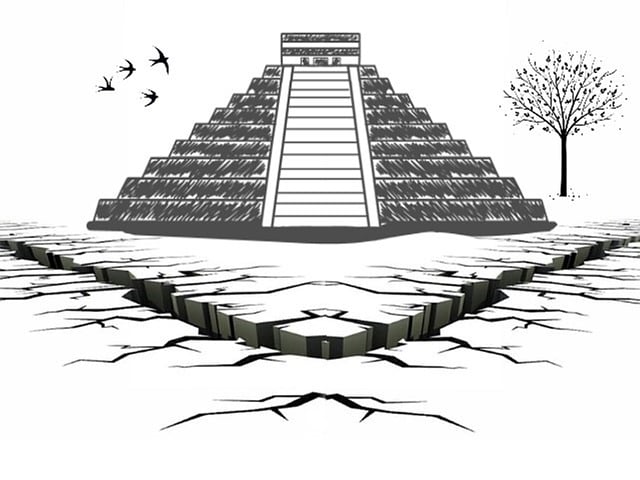
In a heritage village, the daily life of Emiratis is deeply rooted in tradition and custom. Families often wake before dawn, with the first light of day signaling the start of activities. The morning is dedicated to essential tasks such as milking goats and camels, preparing traditional foods like luqaimat (sweet dumplings) and dates, and engaging in social interactions within the community. These routines not only sustain their livelihoods but also foster a strong sense of belonging and solidarity among village residents.
Customs and traditions play a pivotal role in shaping the fabric of Emirati society. For instance, the Hatta dam activities, which involve fishing and water-related festivities, are integral to the cultural calendar. Such events bring families and friends together, reinforcing social bonds and preserving heritage. The respect for elders, generosity towards guests, and valorization of hospitality are other hallmarks that underpin the traditional Emirati lifestyle, making each village a vibrant tapestry of customs and history.
Art and Craft: Preserving Cultural Heritage
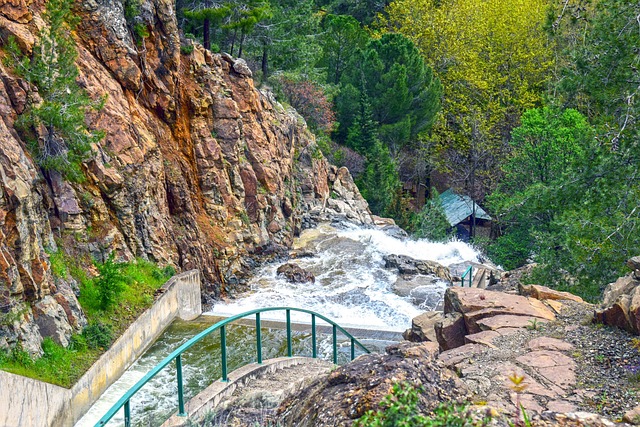
In the heritage village, art and craft play a vital role in preserving cultural heritage. Traditional Emirati crafts like pottery, weaving, and wood carving are still practiced by locals, passing down skills from generation to generation. These crafts not only serve as functional objects but also carry profound cultural significance, reflecting the region’s history and lifestyle. Visitors can engage in various hatta dam activities, such as learning the art of pottery making or watching skilled weavers create intricate designs on looms, offering a unique insight into the village’s rich cultural tapestry.
The village’s artisans meticulously recreate historical techniques, ensuring that traditional crafts thrive. These practices are not just about creating objects; they are a living testament to the community’s connection to their past and their commitment to preserving it for future generations. Each crafted item tells a story, echoing the village’s deep-rooted cultural heritage and providing a tangible link to its rich history.
Food and Festivities: Celebrating Heritage

In the heart of a heritage village, food and festivities play a pivotal role in preserving and celebrating the rich cultural insights and historical traditions of the Emirati lifestyle. Local cuisine, with its aromatic spices and authentic recipes, is a gateway into the past, offering visitors a taste of life as it was once lived. Traditional dishes like machboos (a flavorful rice-based meal) and luqaimat (sugary dumplings) not only delight the senses but also serve as tangible connections to the village’s heritage.
Festivities in these quaint villages are vibrant affairs, often centered around significant cultural events and historical milestones. The Hatta Dam activities, for instance, are a highlight, attracting locals and tourists alike with their traditional sports, folk dancing, and lively music. These gatherings foster a sense of community, preserve ancient customs, and provide an educational experience for future generations, ensuring that the rich tapestry of Emirati heritage remains vibrant and intact.
Community Engagement: The Heart of Village Life
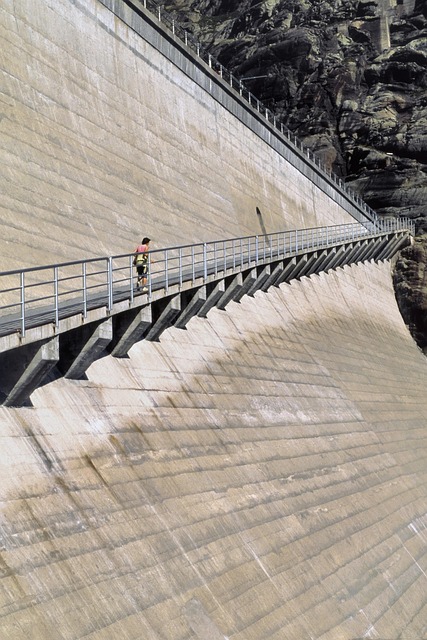
In a heritage village, community engagement is the beating heart of village life, resonating with the traditional Emirati values of hospitality and mutual support. Residents actively participate in various activities that foster a strong sense of belonging and continuity. Events like the iconic Hatta Dam activities showcase this spirit, where locals and visitors alike gather to celebrate the rich cultural heritage. These gatherings not only entertain but also educate, preserving age-old customs and traditions for future generations.
The village becomes a vibrant tapestry where intergenerational exchanges take place, with elders sharing stories of the past and youngsters learning about their roots. This dynamic interaction ensures that the Emirati lifestyle remains alive and thriving, even as the world evolves around them. The communal spirit is further strengthened through shared meals, traditional games, and arts, creating a profound connection to the land and each other.
Hatting and Other Traditional Skills: Economic Lifeline
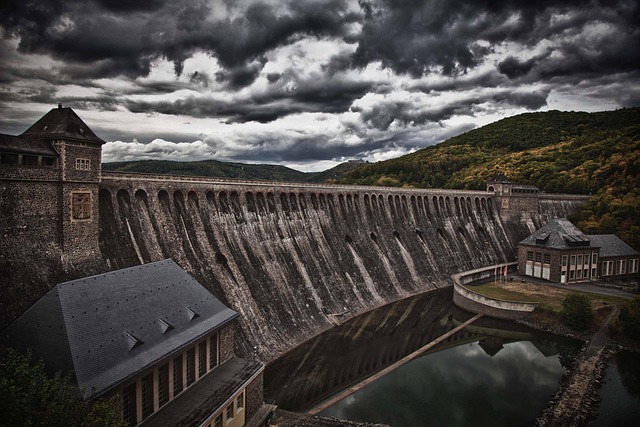
In the heritage village, one of the most captivating sights is the vibrant landscape of traditional Emirati skills on display. Among these, hatting stands out as a key economic activity that has been passed down through generations. The art of crafting hats, known as “hatta dam,” involves intricate techniques and a deep understanding of natural materials. Skilled artisans meticulously weave date palm fronds to create durable and aesthetically pleasing headwear, which was—and still is—a vital part of the Emirati wardrobe, offering protection from the sun’s scorch.
These traditional skills not only hold cultural significance but also served as a lifeline for communities. The hats were traded locally and even exported, contributing significantly to the village economy. Today, visitors can witness these crafts in action during various hayaat (village life) activities, providing a tangible link to the past and a unique insight into the resilience and resourcefulness of Emirati culture.
In conclusion, a heritage village offers a captivating glimpse into the rich cultural insights and historical traditions of the Emirati people. From the bustling daily life to the art and craft that preserve their heritage, each aspect tells a story. The Hatta Dam stands as a significant landmark, shaping not just the landscape but also the economic and social fabric of these communities. Through engaging in traditional activities like hatting and celebrating festive events, the Emirati villagers continue to honor their past while fostering a vibrant community life that resonates with both old and new.
